Advertisement
Let’s be real—Virtual Reality (VR) used to sound like one of those things you’d only see in sci-fi movies. You know, someone wearing a bulky headset, waving their arms around, looking like they're inside a video game? Fast forward to today, and VR isn't just “some futuristic tech” anymore. It’s here. It’s real. And it’s slowly creeping into everything—from games and work meetings to healthcare, education, and beyond.
But what is VR, really? How does it work? What’s the deal with those headsets? And is it just a tech gimmick or something way bigger?
Let’s break it down... piece by piece.
Here’s the quick version: Virtual Reality is a simulated digital environment. You wear a headset (usually strapped to your face), and boom—you’re “inside” a computer-generated world. It's not just looking at a screen... you're immersed in it.
But there's more to it than that. The environment you’re in? It responds to your movements. You look left, it shows you what’s to your left. You reach forward? Your digital hands do too (well, with the right hardware). Some headsets even let you walk around the room (full-body tracking type). Basically, it tricks your brain into thinking what you’re seeing is real.
Not magic... just tech doing what tech does best.
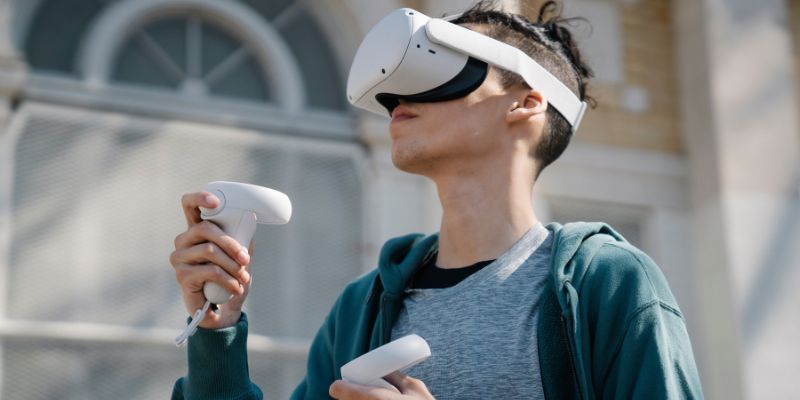
That’s the basic setup. Of course, some platforms need a PC or console. Others are fully wireless. But more on that in a bit.
VR isn’t just for gamers and techies anymore. That’s old news. Let’s go over some real-world places it’s showing up:
Let’s get this one out of the way. VR gaming is huge. Titles like Beat Saber, Half-Life: Alyx, and Resident Evil 4 VR aren’t just “fun VR experiments”—they’re full-on, fully immersive experiences that have raised the bar for what gaming can be.
(Also... flailing your arms around in Beat Saber might just be the most fun cardio you’ll ever do.)
Yup. Meetings in VR are a thing now. Platforms like Meta Horizon Workrooms or Spatial let people sit in a virtual room together—even if they're miles apart IRL. You get avatars, whiteboards, spatial audio... the whole shebang.
It’s not mainstream yet, but it’s definitely being tested in offices worldwide.
Doctors are practicing surgeries in VR. Pilots are learning to fly. Firefighters are running virtual drills. All without risking real lives or equipment.
Why? Because VR lets people practice without consequences. Mess up? Just restart. No damage done.
From helping people manage chronic pain to treating PTSD and phobias, VR is slowly becoming a powerful tool in mental health and wellness. It’s also being used for physical rehab—like helping stroke patients regain motor control through guided virtual exercises.
Want to see how that couch looks in your living room? Or walk through a house that hasn’t been built yet? VR makes that possible. Big furniture brands, car companies, and real estate firms are already in on it.
Totally fair question.
Not too long ago, VR was mostly hype. Clunky. Pricey. And let’s be honest, kind of a pain to set up. But the tech has come a long way. Headsets are lighter, cheaper, and wireless now. The experiences? Way more polished.
That said... we’re still early. Like, dial-up internet in the early 90s. Not everyone has a VR headset. Not every app is mind-blowing. And there are still some comfort issues (some people feel motion sick, especially if the frame rate dips).
So no, it’s not perfect. But the trajectory? It’s promising.
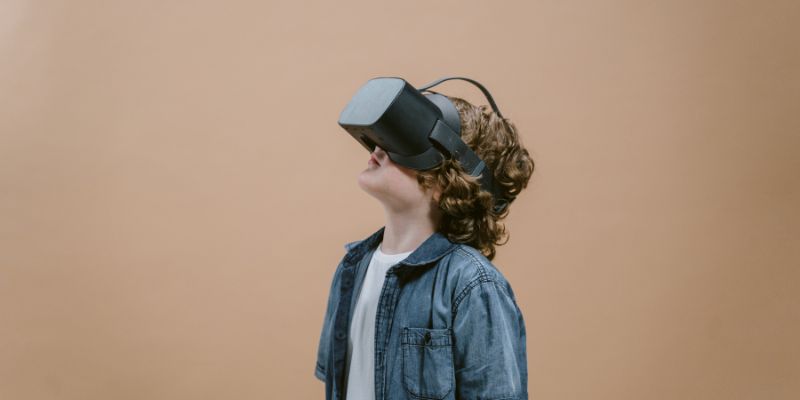
This is where things get really interesting.
You’ll hear the term “XR” thrown around a lot. It’s short for Extended Reality, and it’s where VR and AR start to blend. Think Apple Vision Pro or Meta’s mixed reality headsets—where the virtual world blends with your actual surroundings.
You could be looking at your living room... and a 3D model of a house renovation plan... and your Slack messages floating nearby.
Yeah. Wild.
Those chunky headsets? They’ll get smaller. Eventually, we’re talking sunglasses-style devices. Think less “strapped-to-your-face” and more “I wear this like normal tech.”
VR isn’t just solo anymore. Virtual concerts, movie nights, hangouts—those are growing. Platforms like VRChat and AltspaceVR (RIP) showed there’s demand for digital social spaces. And future versions? Even more immersive and... dare we say, normal.
We’ll likely see more affordable headsets, better integration with smartphones, and more intuitive controls. (Because not everyone’s going to learn 15-button controllers just to explore a museum.)
Not necessarily. If you’re curious, go for it. Entry-level headsets like the Meta Quest 2 are wireless, easy to use, and loaded with content. Great for dipping your toes in.
But if you’re someone who’s like, “Cool tech, but not sure it’s for me...” — totally valid. You don’t need VR to function today. But give it a few years? We’ll probably be interacting with it more than we realize.
(Kind of like how we didn’t “need” smartphones... until one day, we kinda did.)
So, there you have it. VR in a nutshell. It’s not just a gaming gadget or some “tech bro” experiment anymore. It’s an evolving platform that’s reshaping how we learn, connect, work, and play.
Yes, there’s still a long way to go. And yes, not every app or experience is worth your time yet. But the progress? It’s steady. Quietly shaping the way we’ll interact with digital stuff in the next decade.
And hey... if you’ve ever wanted to box in a virtual ring, meditate on a mountaintop, or walk through ancient Rome from your living room—VR’s got you.
Advertisement

Discover how ChatGPT can revolutionize your cooking routine by offering meal plans, recipe ideas, and even cooking tips based on what’s in your kitchen

Want to chat, learn, or translate using ChatGPT in another language? Discover how it handles multiple languages and helps with grammar, vocabulary, and fluency
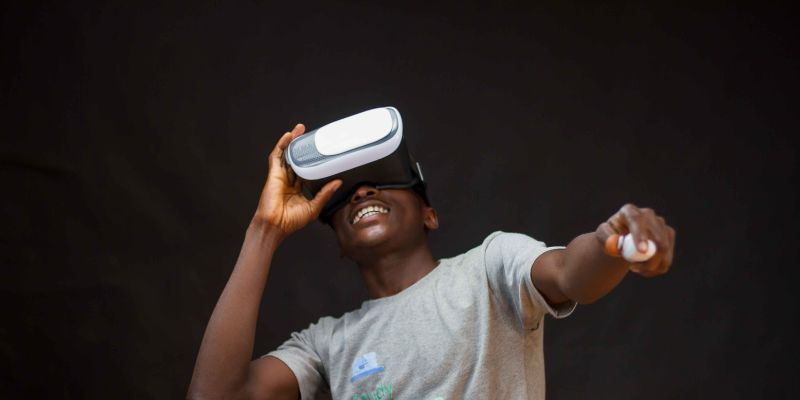
Discover VR’s present and future: gaming, therapy, training and metaverse integration. VR trends for 2030.

How the Python Global Interpreter Lock (GIL) works, how it affects threading and performance, and when Python multithreading is useful or limited

Explore machine learning use cases and business benefits from marketing to cybersecurity.
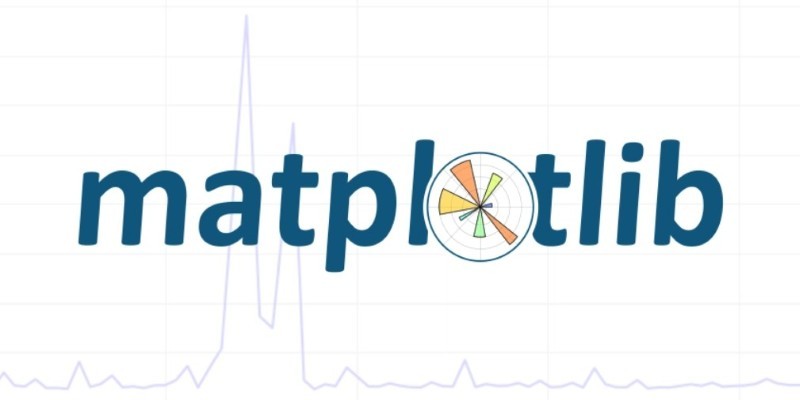
Find out the 10 unique ways to use advanced data visualization with Matplotlib to make your charts more engaging, clear, and insightful. From heatmaps to radar charts, learn how to go beyond basic graphs and explore deep-er patterns in your data
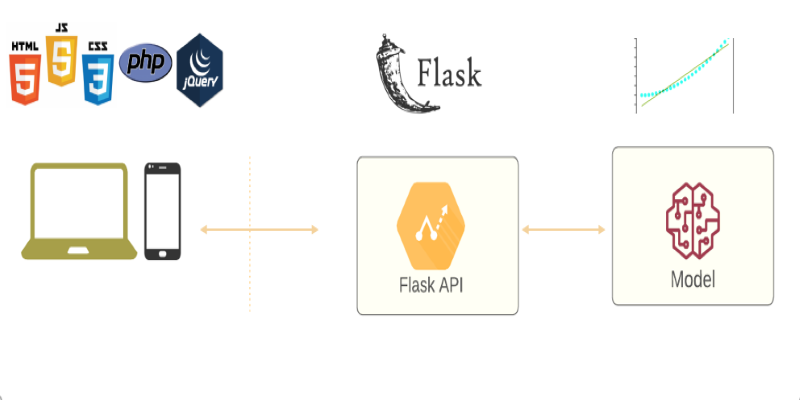
Learn how to deploy your machine learning model with Flask in 2025. Step-by-step guide on setting up Flask, testing your API, and making your model production-ready
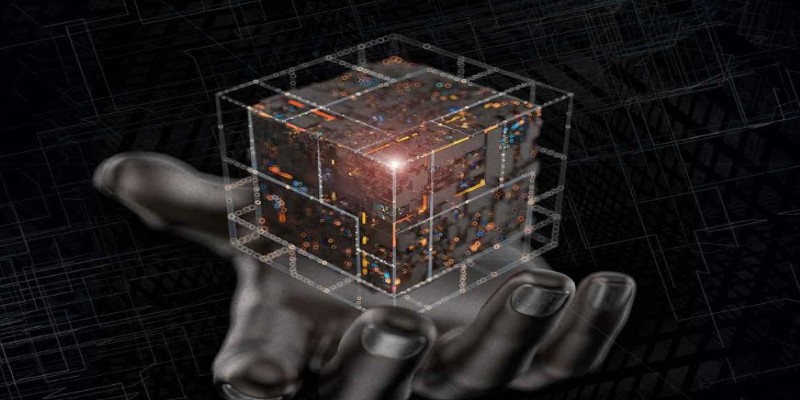
What’s really going on inside a black box AI model? Discover how deep learning, abstraction, and randomness make AI powerful—but hard to explain

Learn how artificial intelligence organizes random data, increases output, and drives efficiency throughout content management
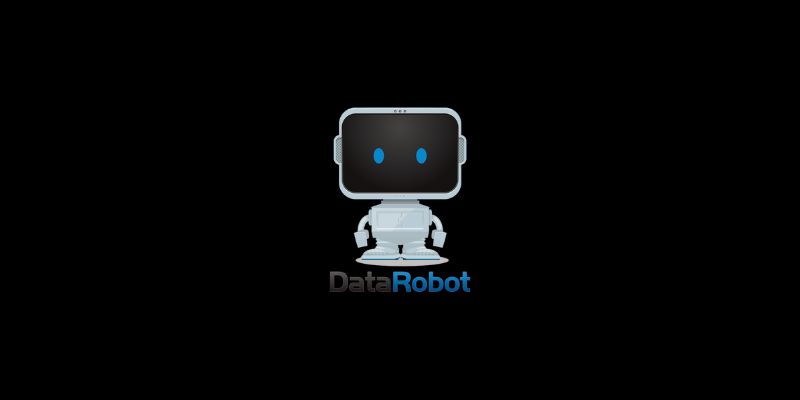
DataRobot's Feature Discovery runs inside Snowflake, offering more secure and scalable machine learning feature engineering
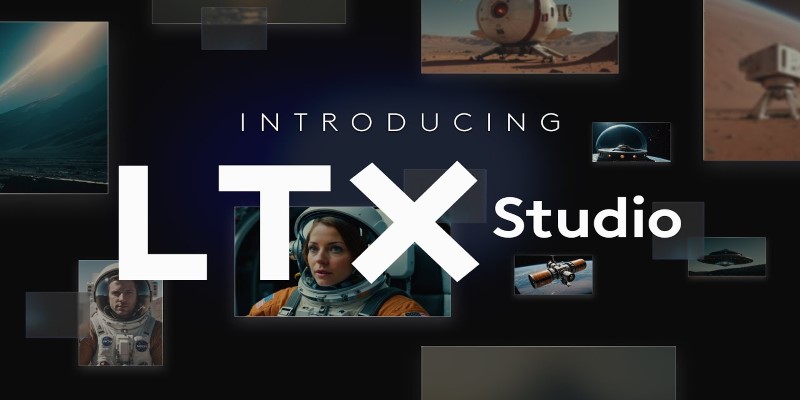
How can AI help storytellers in filmmaking? Discover how LTX Studio uses AI to generate scenes from written descriptions, making the video creation process faster and more flexible for creators

Dive into the strengths and weaknesses of open-source AI models and what they mean for innovation.